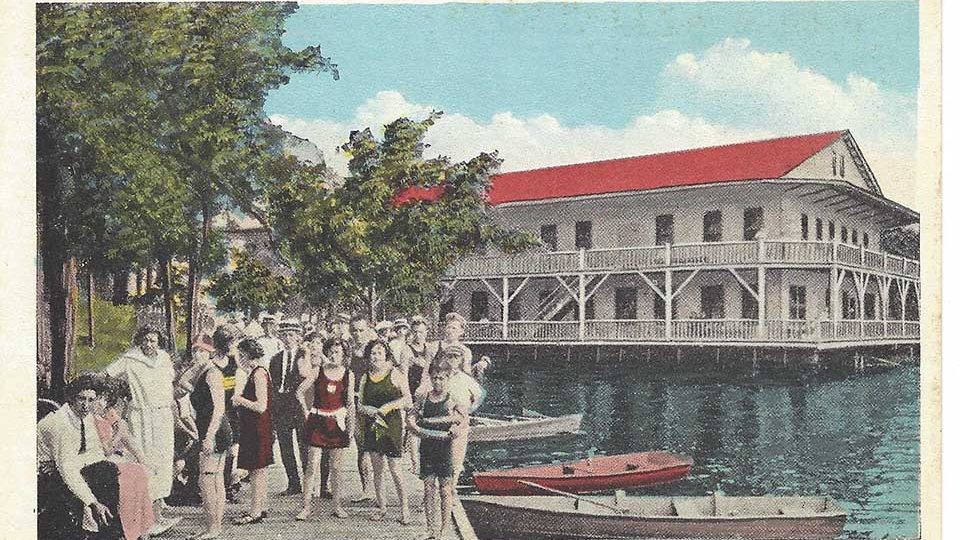Past Amusements
The popularity of amusement parks was sparked in the late 19th century, and some parks right here in our region were part of that trend.

Summer may be officially over but for some it’s still hard to give up the memory of how much fun they had in modern-day amusement parks like Clementon and Six Flags Great Adventure. Such parks trace their rise in popularity to the late 19th century when America’s working class discovered the joys of recreation.
Shrewd investors quickly realized that there was a profit to be made in supporting this new form of activity. By the early 20th century, about two dozen amusement parks operated throughout South Jersey. In Cumberland County, people could visit places like Tumbling Dam Park in Bridgeton, Luna Park in Millville or Lubin’s Park located on Rainbow Lake just west of Vineland.
Tumbling Dam, situated on Sunset Lake, opened to the public in 1893. Visitors were welcomed to the new enterprise at the Sunset Pavilion, where band music wafted through the air. Guests could enjoy picnic lunches, a refreshing swim or a ride in the “Adele,” a launch that carried them down a connecting raceway. The cost of all this summer fun was five cents per person.
By the following year, a trolley line delivered visitors directly to the grounds, where they could dance, dine at a restaurant or watch water races. Soon afterward, the amenities included a skating rink and a casino. Live theater performances competed for public attention with rides and an arcade. Sadly, a fire that destroyed the skating rink in 1946 ultimately led to the park’s demise. Today, nothing remains of the site that has since been turned into a residential neighborhood.
Millville’s Luna Park, originally known as Union Lake Park, was initially a popular picnic spot. By the late 1800s, thanks to a direct trolley line operated by the Millville Rapid Transit Company, an amusement park quickly grew there. In addition to attracting visitors for swimming and boating, it offered a massive roller coaster and other amusement rides, a lakeside restaurant and grandstand, a casino, an “electric fountain,” a dance hall, vaudeville acts, a boardwalk and even a bowling alley. The park also included a country club and tennis courts for wealthier guests, who often stayed in the “cottages” that lined the shore of Union Lake. Other amenities for their exclusive use included a country club complete with tennis courts and a canoe clubhouse.
But as the automobile allowed visitors to travel further afield, local amusement parks began to lose their appeal. In 1924, Orest Devaney purchased the property and rechristened it Luna Park but five short years later, it closed for good.
Benjamin Lubin was undeterred, however. An enterprising businessman from Vineland, he believed that there was still a place for local parks. In 1923, he opened “Lubin’s Park” at Rainbow Lake, just west of the town. Like the other locations, it offered swimming, boating, and picnic facilities along with a roller-skating rink and a dance floor in its great pavilion, which extended out over the water.
Unfortunately, after wartime travel restrictions were lifted in the late 1940s, Lubin’s Park became just another memory for most people. Owned at that time by Addison Behling, who had difficulty maintaining the grounds, the property continued to decay until February 1, 1952, when the pier erupted into flames. Afterward, Behling decided that the park was not worth rebuilding.
The games and activities we enjoy at today’s amusement parks are, for the most part, so much more technologically advanced than their predecessors. But their purpose—to bring entertainment and pleasure to the people who flock to them—still remains the same.









